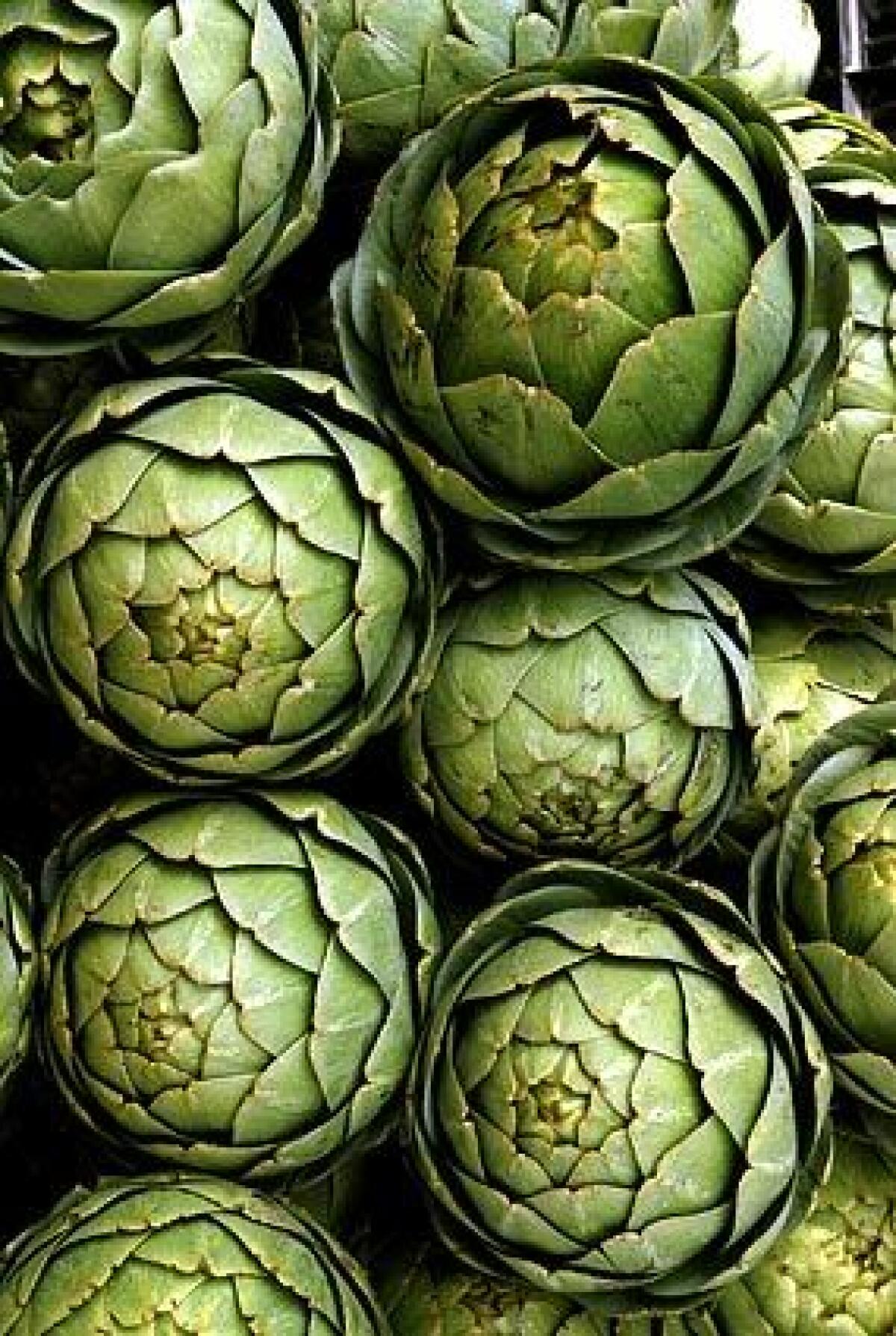Simple recipe for sublime

- Share via
WHEN the vagaries of climate, geography and history combine to give you great ingredients, the best thing a cook can do is get out of the way. That is the essential philosophy behind California cuisine, a movement that was in large part born in Southern California but has now spread across the country — even to places that, not having been so favored by circumstance, once regarded it as a joke.
California cuisine is the culinary equivalent of the Craftsman aesthetic. It is a celebration of the beauty of fine natural products stripped to their bare form, with all of the dovetails and joinery exposed for examination.
Today, this kind of cooking is considered almost commonplace. It’s hard to find a city in the United States that doesn’t have at least a couple of restaurants that brag of “market-driven” menus. (That’s farmers market, not supermarket.) But it wasn’t so awfully long ago that this focus on ingredients was regarded as just another instance of wacky California extremism.
In those days, chefs were expected to “do something” to their food. Serious diners expected sauces and garnishes that when taken in total often made it pretty darned hard to tell whether you were eating a pristine piece of Dover sole or a fillet of farm-raised catfish.
When Alice Waters and the Chez Panisse crowd in the Bay Area started stripping away some of the noncontributing elements well, that was radical but not unexpected. They were, after all, a bunch of art majors, not real chefs.
But it was a shock when Wolfgang Puck, an Austrian cook with serious French chops, joined the crowd, serving simply prepared — and awfully delicious — pizzas, pastas and grilled meats at the original Spago in West Hollywood.
And while it had become expected for chefs at least to pay lip service to well-chosen ingredients, when Michael McCarty started attributing ingredients on the menu at Michael’s to the farmers and fishermen who supplied them (something that today is commonplace), it was regarded as downright hilarious.
OK, did we really need to know that the pancetta came from New Jersey? But this is California, after all, where we welcome an excess of enthusiasm almost as much as we frown on an excess of sauce.
russ.parsons@latimes.com
More to Read
Eat your way across L.A.
Get our weekly Tasting Notes newsletter for reviews, news and more.
You may occasionally receive promotional content from the Los Angeles Times.









